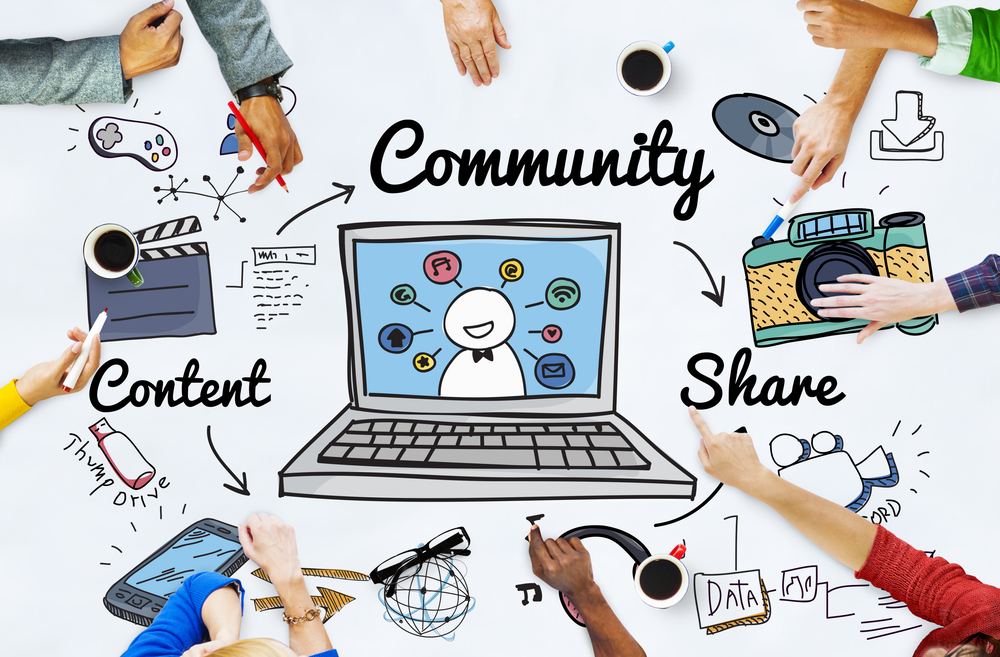
There has been a lot of talk lately about informal learning or social learning in the workplace. So what’s social learning? Dave Wilkins defines it as ‘learning through your interactions with others and through the knowledge and expertise of others’ (Wilkins 2009)
Nowadays learners do not need to be in the same place at the same time. They have access to learning anywhere, anytime any place. Crosby (2006)suggests that formal training and workshops account for only 10% to 20% of what people learn at work. Most corporations over-invest in formal training while leaving the more natural, simple ways we learn to chance.
So here is the big question: How can we capitalize on this informal or social learning through our elearning platforms?
And the answer is: Through using social media tools effectively to support your online courses.
Companies can spend large sums of money creating fantastic elearning courses but sometimes these are rarely used to their full potential because the ability to collaborate and share ideas and experiences is lacking.
While we are pumping out vast quantities of online courses, employees are learning in many other ways, such as talking, listening, watching. This is the way we learn informally.
We need to support this type of informal learning and find ways to realise its potential.
A recent report by CARA revealed that 70% of learning in the workplace is through informal channels. Through social media tools people search and access all kinds of information through blogs, wikis, podcasts, websites. With the advent of web 2.0, we are both consumers and producers of information. Online communities are formed where people meet like minded people, where they can communicate with each other and share ideas and experiences. People are using these tools to collaborate, create content and work together.
In order for our elearning learning to be effective our Learning platforms must support all these different approaches: formal and informal, personal and social. It is evident from recent research that formal and informal learning have a symbiotic relationship.
Sounds great right? But there’s a catch!
A lot of LMS’s out there mainly support formal learning. But if we incorporate unfettered access to a variety of social media tools such as Facebook, YouTube and others then we could run the risk of compromising our company’s intellectual property and leaving ourselves open to breach of privacy problems. Implementing an eLearning platform that can cater for formal eLearning while allowing users to create a community of practice within a secure environment is one of the best solutions. Birch, our Learning Platform has social collaboration features.
Users can still complete their formal learning tasks while also storing and sharing their personal learning and resources, provide a secure place for groups or individuals to work collaboratively and provide a secure place for formal social and collaborative learning to take place. This can be done through blogs, wikis, sharing and comment on relevant articles or posting key discussion forum topics. We are ultimately creating a ‘community of practice’ (Wenger 2006)
Communities of practice are groups of people who share a concern or a passion for something they do and learn how to do it better as they interact regularly.(Wenger 2006)
So whats the role of an instructor in all this?
The human element, in the form of an e-moderator, should guide discussion forums, write relevant blogs posts and monitor activity. If this is missing then the collaboration and content runs the risk of becoming too unstructured and anarchic, which can be frustrating and time consuming. It’s all very well to have wikis, discussion forums, blogs and videos but if they are not structured, themed and used effectively (or sometimes not used at all) then it’s a waste of time.
So, in the words of Erik Qulaman “We don’t have a choice on whether we do social media; the question is how well we do it.”
